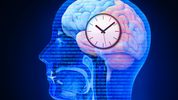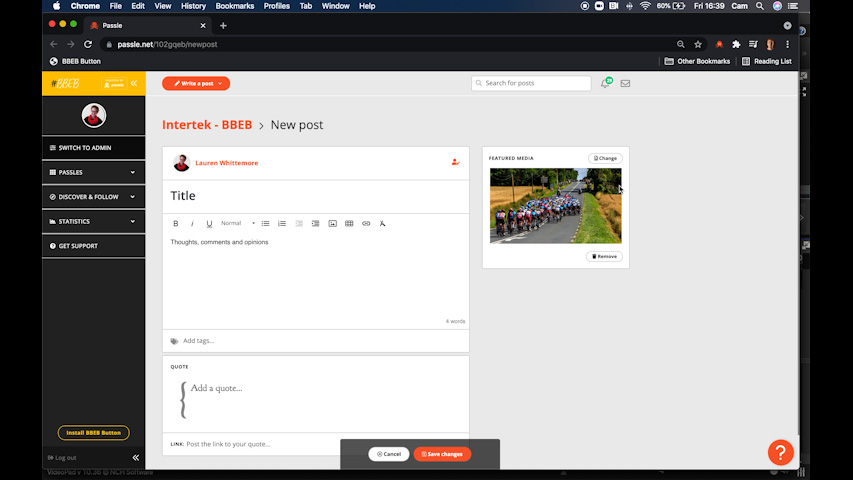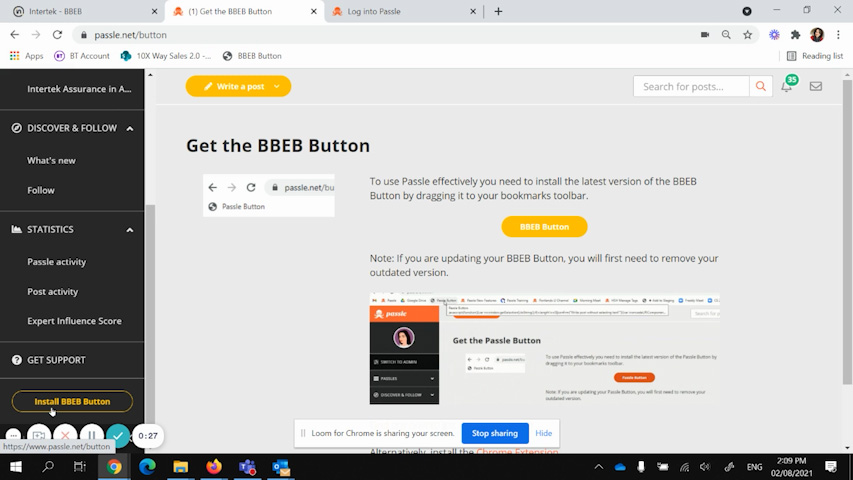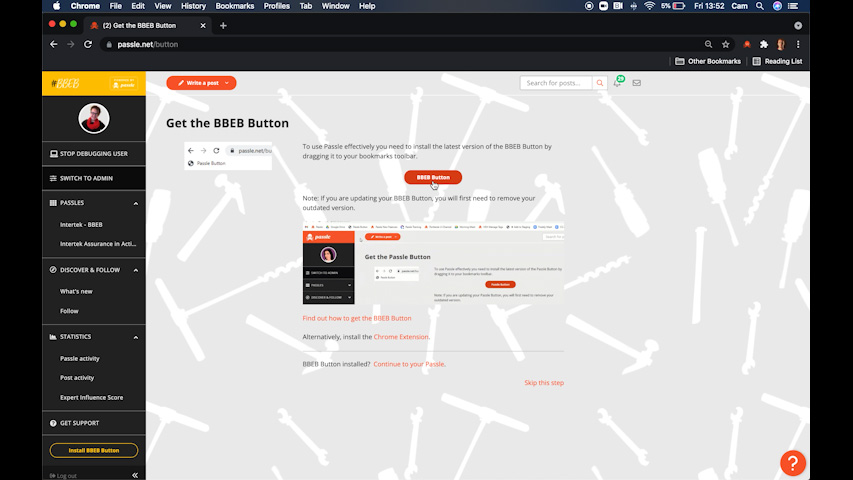Amazing and innovative research coming out of Oregon.
Researchers at the University of Oregon have uncovered new insights into how the brain plans simple actions like reaching for a cup, which could dramatically improve brain-controlled prosthetics. Using advanced brain imaging, UO scientists discovered that the brain integrates sensory information from multiple reference frames to plan and execute precise movements. This groundbreaking study, published in eNeuro, could enhance robotic arms, helping them mimic the fluidity and grace of natural human motion.
By understanding how the brain encodes direction and distance during actions like reaching, the team hopes to refine brain-computer interfaces, making prosthetics more intuitive for patients.
The research also promises broader applications, with UO scientists exploring how aging and neurodegenerative diseases impact sensory and motor control.
This work is an exciting step forward in both BCI technology and our understanding of human behavior.
Go Ducks!
For the brain to plan even a simple, goal-directed action, like reaching out and grabbing a cup of coffee on a table, it needs to make lots of calculations, including the direction and distance of one’s hand to the object. To get even more accurate, the brain uses multiple “reference frames” to make calculations from multiple perspectives — for example, from the hand to the cup versus from the eyes to the cup.
https://news.uoregon.edu/uo-brain-research-could-help-improve-robotic-arm-prosthetics
 unknownx500
unknownx500
















